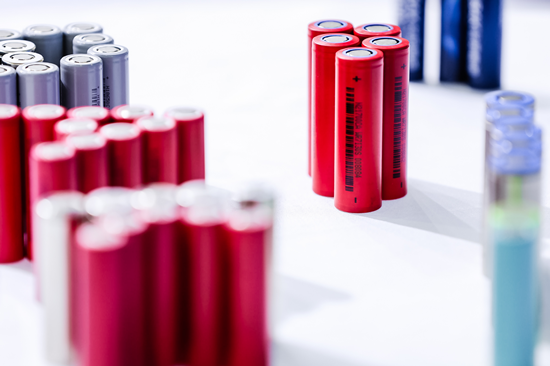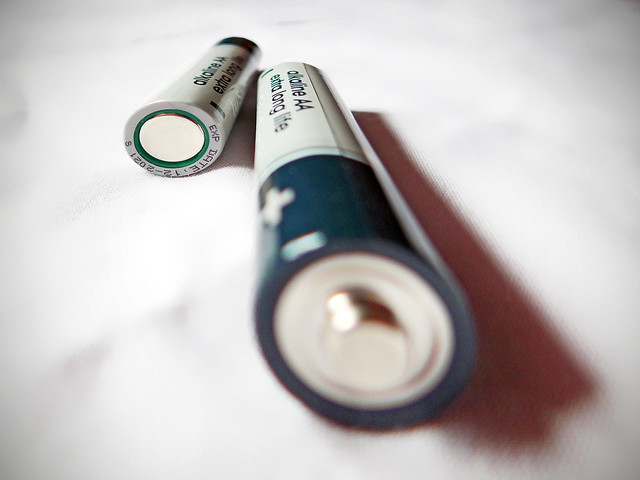Can You Rebuild Lithium-Ion Batteries?
Dec 05, 2019 Pageview:3003
Nowadays, Lithium-ion batteries are the top choice for all kinds of electronic devices. From camcorders to laptops, the advantages of the Lithium-ion batteries make them the ideal choice for various devices. But sometimes, we leave these batteries unused for a long time and throw them out, thinking that they are dead. But that’s not always the case. All the battery needs is a kick start, and it might start working again.
So, here, we will go through the possibility of rebuilding, reviving, and reconditioning the lithium-ion batteries. Let’s begin.
Can You Revive lithium-ion batteries?
Consumers must understand that Lithium-ion batteries contain a protection circuit that shields the battery from dying and abuse. It also turns off the battery when it is overcharged. We all know that a self-discharge action takes place in the Lithium-ion battery under all conditions. So, when the battery pack slips into the sleep mode, the battery keeps on depleting.
If you are fortunate and using battery chargers and analyzers such as Cadex, then you will get the wakeup feature inbuilt in the charger. This feature is used to give a boost to the batteries that have remained ideal for longer than usual. The charger sends a small amount of charge to the protection circuit so that it will get reactivated, and ideal cell voltage can be reached. So, this way, you can revive the Lithium-ion battery pack that has been lying in a sleeping state.
If the charger doesn’t have this feature, then the batteries are considered unserviceable, and the packs are discarded without further investigation. However, the Lithium-ion battery packs that have dwelled below the range of 1.5 V/cell for at least a week. Under this condition, the copper shunts are formed inside the cell and lead to a partial or complete electrical shortage. Therefore, while you are reconditioning or reviving the battery pack, you need to take care of certain factors that are essential for your protection.
How Do You Recondition A Dead Lithium-Ion Battery?
As we mentioned above, there are many factors that we must consider while bringing back Lithium-ion batteries to life. The cell is pressurized, and the electrolyte is inflammable, so you need to be extra careful. So, instead of reconditioning the pack alone, ask someone to help and follow the guidelines precisely.
Before you get down to the process of reconditioning, there are some things you will need beforehand. Gather up the tools like:
Safety goggles
Voltmeter
Lithium-ion battery charger
A USB cable (just in case)
A power source such as another battery
Crocodile clips
Metal clips or paperclips
Once you have all the important items in hand, we can start the reconditioning process. Keep one thing in mind that if you don’t handle the battery pack carefully, then you might have to suffer from unintended consequences.
Step 1: Measure the Voltage and Shock The Battery:
Use the Voltmeter to calculate the current reading of the battery pack while it is in sleep mode. Reconditioning is the only thing that will give a jump start to the battery pack in case the voltage has gone below 1 V. We will take the other power source, i.e., another Lithium-ion battery with the same voltage and put them in the circuit. Get the crocodile clips and use them to connect both batteries with each other.
Make sure that you connect the positive side with positive and do the same for negative. Now, leave the batteries for around 10 to 15 minutes and keep an eye on them. After 15 minutes or so, again measure the voltage of the dead battery and compare it with the previous reading. If the voltage increases even by a small amount, that means that the battery pack can be revived.
Step 2: Give the Battery Full Charge and Discharge:
Now plug the battery into the charger and wait patiently as the battery recharge gradually. Generally, it will take around 3 hours for the battery to charge properly. Once the battery pack is charged, let it sit and discharge again. You can use a device that puts a heavy load on the battery to drain it faster, like an LED torch.
Step 3: Freeze the Discharged Battery:
The next step after discharge would be placing the battery in an airtight bag and placing it inside a freezer for around 24 hours. Before you place the battery in the bag, get rid of the moisture. The next day, take out the battery pack and thaw it. Then put the battery at room temperature for 6 to 8 hours.
Finally, again charge the Lithium-ion battery, and you will see improvement in the performance of the battery. The battery pack is ready to be used again, and it will last longer between the charging cycles.
How Do You Find Good Lithium-Ion Battery Rebuild Services?
Not everyone is lucky enough to have a battery that can be reconditioned again. If the battery does not respond at all during the recharging process, then you need to find a skillful person to deal with the situation. There are many services that specialize in rebuilding and repair of the Lithium-ion batteries. While you are looking for a rebuilding service, look out for some aspects such as:
A state-of-the-art facility for rebuilding and repair work
Approved by government
Offer recycling services under the regulations
Cell grading and balancing of cells service available for secondary use
A service that can create a second life market for the battery components
Battery recycling is one of the major aspects while you are choosing the rebuilding services. There are many situations when the batteries can’t be revived. Hence, they need to be disposed of completely. Disposing of the batteries in the dustbin or in regular ways isn’t appropriate for lithium-ion batteries as they are harmful to the environment. So, make sure that you take help from experts and get back your lithium-ion battery pack in the optimal condition once again.
- Prev Article: LiPo Battery Care Rules-Explanation, Safety, And Reconditioning
- Next Article: Can You Recharge Lithium Ion Batteries?
Leave Message
Hottest Categories
-
Hottest Industry News
-
Latest Industry News












